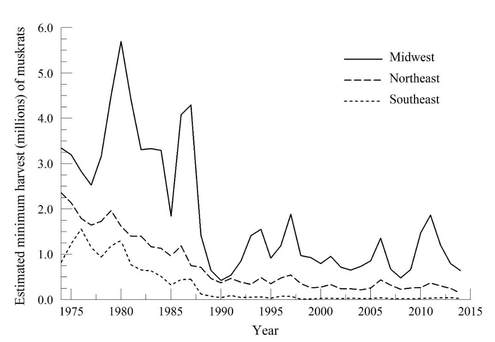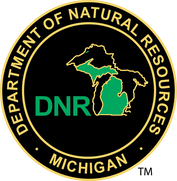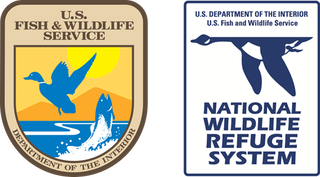Assessing the Value of an Indicator Species for Wetland Quality, Connectivity, and Wildlife in the Great Lakes Basin
Project (Phase I) Completed! See our Publications Page
|
Despite decades of conservation efforts to create, enhance, and restore wetlands throughout the U.S., nearly one-third of these important ecosystems were found by the Environmental Protection Agency to be in poor condition. This status of wetlands across the nation can be expected to negatively impact a host of native wetland-associated species, including the muskrat (Ondatra zibethicus). Muskrats can dramatically alter wetland composition by both creating open-water spaces and reducing invasive vegetative (i.e., hybrid and non-native cattail species) through herbivory. This role serves an essential function in wetland conservation and quality by preventing the loss of habitat heterogeneity and thereby promoting wetland biodiversity. However, although muskrats are widespread and often locally abundant, wildlife professionals and trappers agree that populations in the eastern half of the U.S. have declined substantially during recent decades.
Our project aims to explore the relationship between muskrat abundance and wetland condition, including to assess the value of the muskrat as an indicator species for wetland quality, connectivity, and associated wildlife in the Great Lakes Basin. We are compiling and evaluating long-term datasets from multiple sources pertaining to muskrat abundance (e.g., harvest, hut counts), wetland quality, and additional sensitive wetland-wildlife species. We intend to develop models to test the reliability of using muskrats as an indicator species for wetland conditions in the Great Lakes Basin. Based on our results, we will make recommendations for implementing a consistent monitoring program to assess muskrat populations and wetland quality for the Great Lakes Basin and eastern half of the U.S. |
Fig. 1. Minimum harvest of muskrats by region based on estimated state-level harvests in the U.S. (Association of Fish and Wildlife Agencies 2017).
Fig. 2. Our study area includes the U.S. states that fall within the Great Lakes Basin.
|
Project Partners
Copyright 2024 Wildlife Ecology Institute




